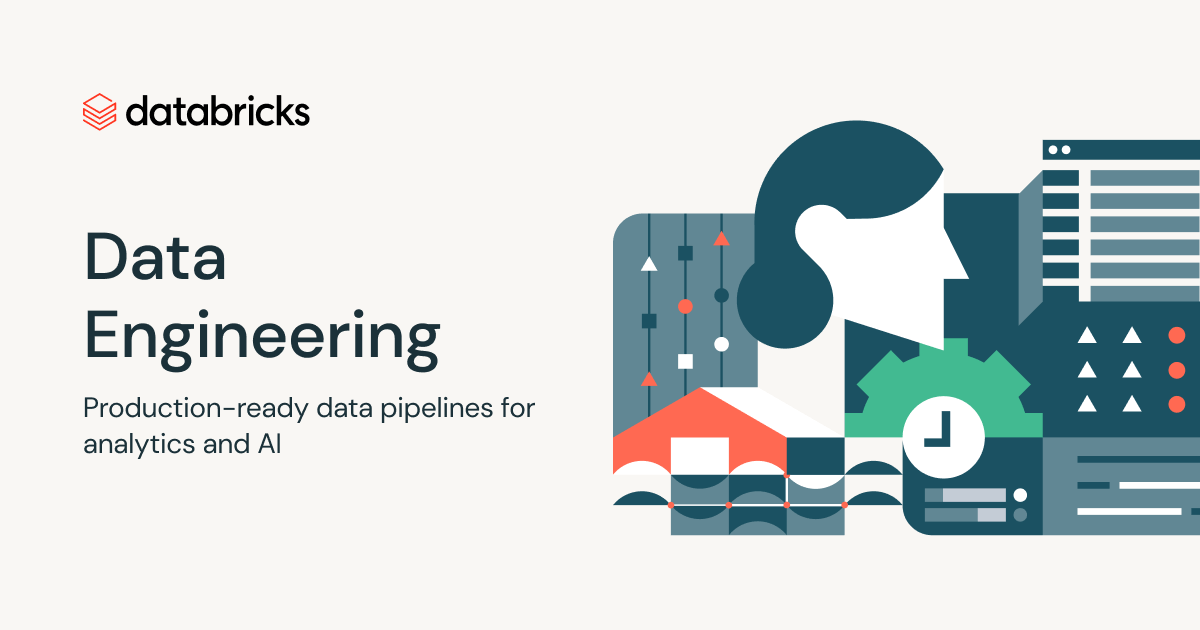Zero Downtime Migration (ZDM) Proxy is an open-source component developed in Go and based on client-server architecture. It enables you to migrate from one Apache Cassandra® cluster to another without downtime or code changes in the application client.
For details on ZDM Proxy, see zdm-proxy GitHub.
When using ZDM Proxy, the client connects to the proxy rather than to the source cluster. The proxy connects both to the source cluster and the target cluster. It sends read requests to the source cluster only, while write requests are forwarded to both clusters.
For details on how ZDM Proxy works, see Introduction to Zero Downtime Migration.
- Apache Cassandra instance to migrate to the Aiven platform (migration source)
- Aiven for Apache Cassandra service where to migrate your external instance (migration target)
- Aiven CLI client installed
cqlshinstalled
Connect to your Aiven for Apache Cassandra service using cqlsh, for example.
cqlsh --ssl-u avnadmin -p YOUR_SECRET_PASSWORD cassandra-target-cluster-name.a.avns.net 12345
You can expect to receive output similar to the following:
Connected to a1b2c3d4-1a2b-3c4d-5e6f-a1b2c3d4e5f6 at cassandra-target-cluster-name.a.avns.net:12345
[cqlsh 6.1.0 | Cassandra 4.0.11 | CQL spec 3.4.5 | Native protocol v5]
In your target service, create the same keyspaces and tables you have in your source Apache Cassandra cluster.
create keyspace KEYSPACE_NAME with replication ={'class':'SimpleStrategy', 'replication_factor':3};
create table KEYSPACE_NAME.TABLE_NAME (n_id int, value int, primary key (n_id));
Download the ZDM Proxy's binary from ZDM Proxy releases.
wget https://github.com/datastax/zdm-proxy/releases/download/v2.1.0/zdm-proxy-linux-amd64-v2.1.0.tgz
tar xf zdm-proxy-linux-amd64-v2.1.0.tgz
Check if the binary has been downloaded successfully using ls in the relevant directory. You can expect to receive output similar to the following:
LICENSE zdm-proxy-linux-amd64-v2.1.0.tgz zdm-proxy-v2.1.0
-
Specify connection information by setting
ZDM_TARGET_*andZDM_ORIGIN_*environment variables using theexportcommand.note
ORIGINrefers to the source service. -
Run the binary.
exportZDM_ORIGIN_CONTACT_POINTS=localhost
exportZDM_ORIGIN_USERNAME=cassandra
exportZDM_ORIGIN_PASSWORD=cassandra
exportZDM_ORIGIN_PORT=1234
exportZDM_TARGET_CONTACT_POINTS=cassandra-target-cluster-name.a.avns.net
exportZDM_TARGET_USERNAME=avnadmin
exportZDM_TARGET_PASSWORD=YOUR_SECRET_PASSWORD
exportZDM_TARGET_PORT=12345
exportZDM_TARGET_TLS_SERVER_CA_PATH="/tmp/ca.pem"
exportZDM_TARGET_ENABLE_HOST_ASSIGNMENT=false
# ZDM_ORIGIN_ENABLE_HOST_ASSIGNMENT=false # (may be needed, see note)
./zdm-proxy-v2.1.0
ENABLE_HOST_ASSIGNMENT
Make sure you set the ZDM_TARGET_ENABLE_HOST_ASSIGNMENT variable. Otherwise, ZDM Proxy tries to connect to one of internal addresses of the cluster nodes, which are unavailable from outside. If this occurs to your source cluster, set ZDM_ORIGIN_ENABLE_HOST_ASSIGNMENT=false.
To connect to ZDM Proxy, use, for example, cqlsh. Provide connection details and, if your source or target require authentication, specify target username and password.
Check more details on using the credentials in Client application credentials.
The port that ZDM Proxy uses is 14002, which can be overridden.
-
Connect using ZDM Proxy.
cqlsh -u avnadmin -p YOUR_SECRET_PASSWORD localhost 14002
You can expect to receive output similar to the following:
Connected to CLUSTER_NAME at localhost:14002
[cqlsh 6.1.0 | Cassandra 4.1.3 | CQL spec 3.4.6 | Native protocol v4] -
Check data in the table.
select * from KEYSPACE_NAME.TABLE_NAME;
You can expect to receive output similar to the following:
n_id | value
------+-------
1|42
2|44
3|46
(3 rows) -
Insert more data into the table to test how ZDM Proxy handles write request.
insert into KEYSPACE_NAME.TABLE_NAME (n_id, value) values (4, 48);
insert into KEYSPACE_NAME.TABLE_NAME (n_id, value) values (5, 50); -
Check again data inside the table.
select * from KEYSPACE_NAME.TABLE_NAME;
You can expect to receive output similar to the following:
n_id | value
------+-------
5|50
1|42
2|44
4|48
3|46
(5 rows)
-
Connect to the source:
cqlsh localhost 1234
You can expect to receive output similar to the following:
Connected to SOURCE_CLUSTER_NAME at localhost:1234
[cqlsh 6.1.0 | Cassandra 4.1.3 | CQL spec 3.4.6 | Native protocol v5] -
Check data in the table:
select * from KEYSPACE_NAME.TABLE_NAME;
You can expect to receive output similar to the following:
n_id | value
------+-------
5|50
1|42
2|44
4|48
3|46
(5 rows)ZDM Proxy has forwarded both the write request and the read request to the source cluster. As a result, all the values are there: both newly-added ones (
50and48) and previously added ones (42,44, and46).
-
Connect to the target service.
cqlsh --ssl-u avnadmin -p YOUR_SECRET_PASSWORD cassandra-target-cluster-name.a.avns.net 12345
You can expect to receive output similar to the following:
Connected to a1b2c3d4-1a2b-3c4d-5e6f-a1b2c3d4e5f6 at cassandra-target-cluster-name.a.avns.net:12345
[cqlsh 6.1.0 | Cassandra 4.0.11 | CQL spec 3.4.5 | Native protocol v5] -
Check data in the table.
select * from KEYSPACE_NAME.TABLE_NAME;
You can expect to receive output similar to the following:
n_id | value
------+-------
5|50
4|48
(2 rows)50and48are there in the target table since ZDM Proxy has forwarded the write request to the target service.42,44, and46are not there since ZDM Proxy has not sent the read request to the target service.


